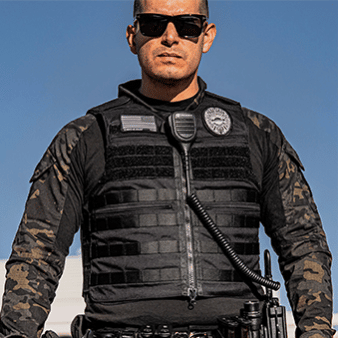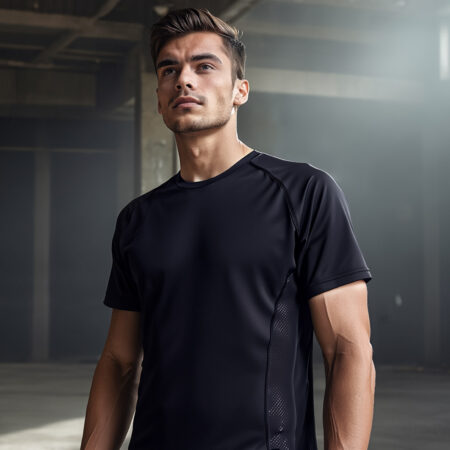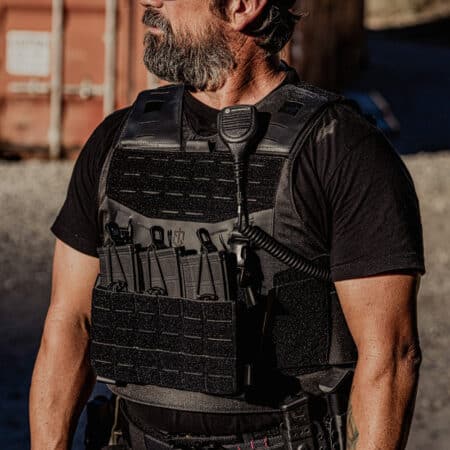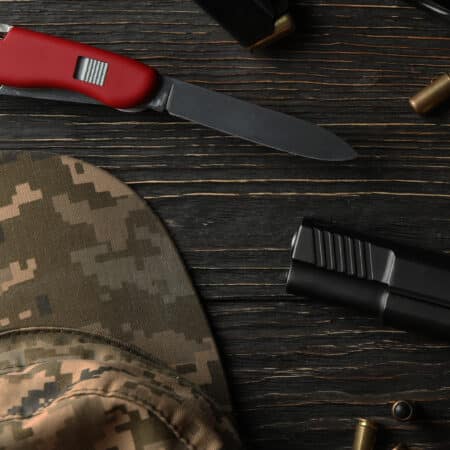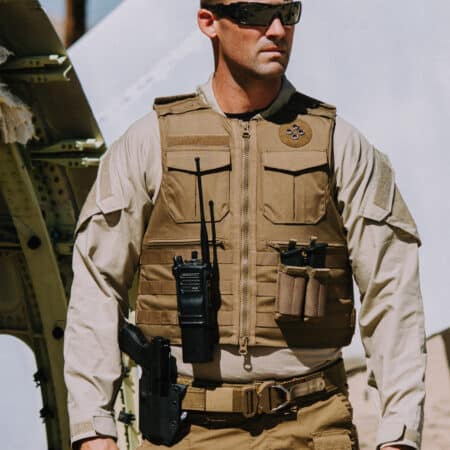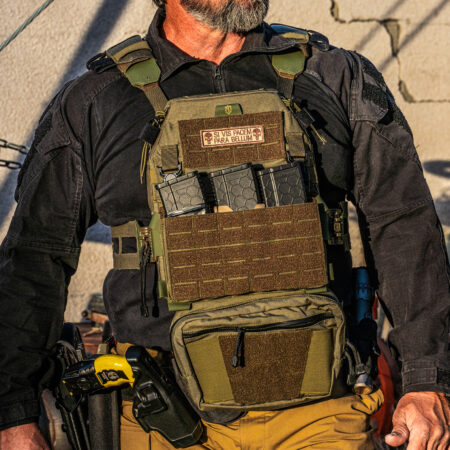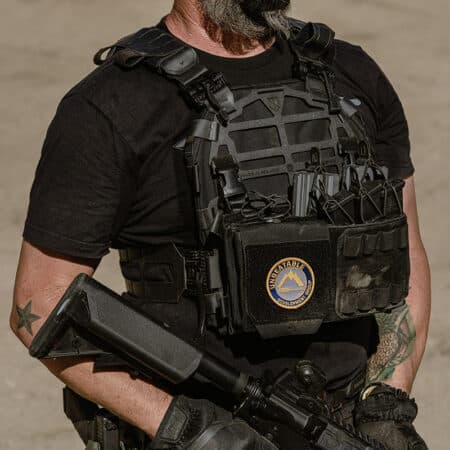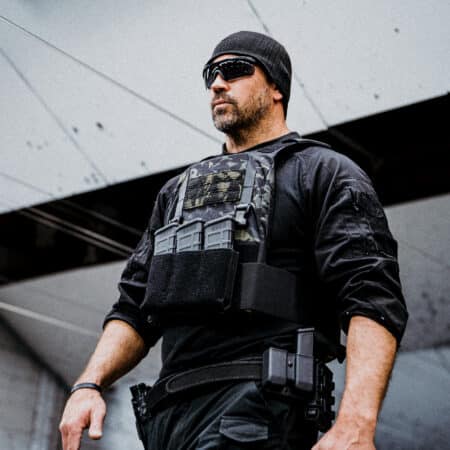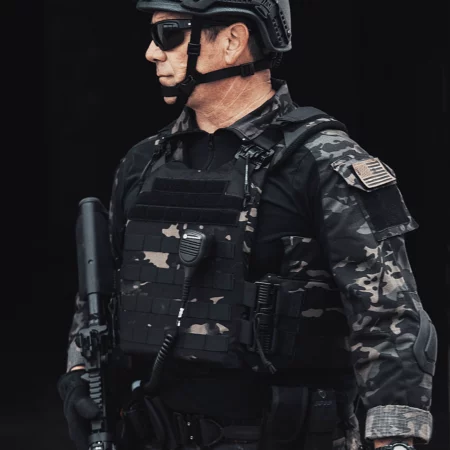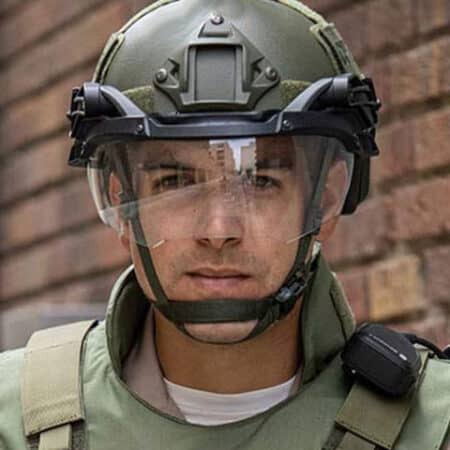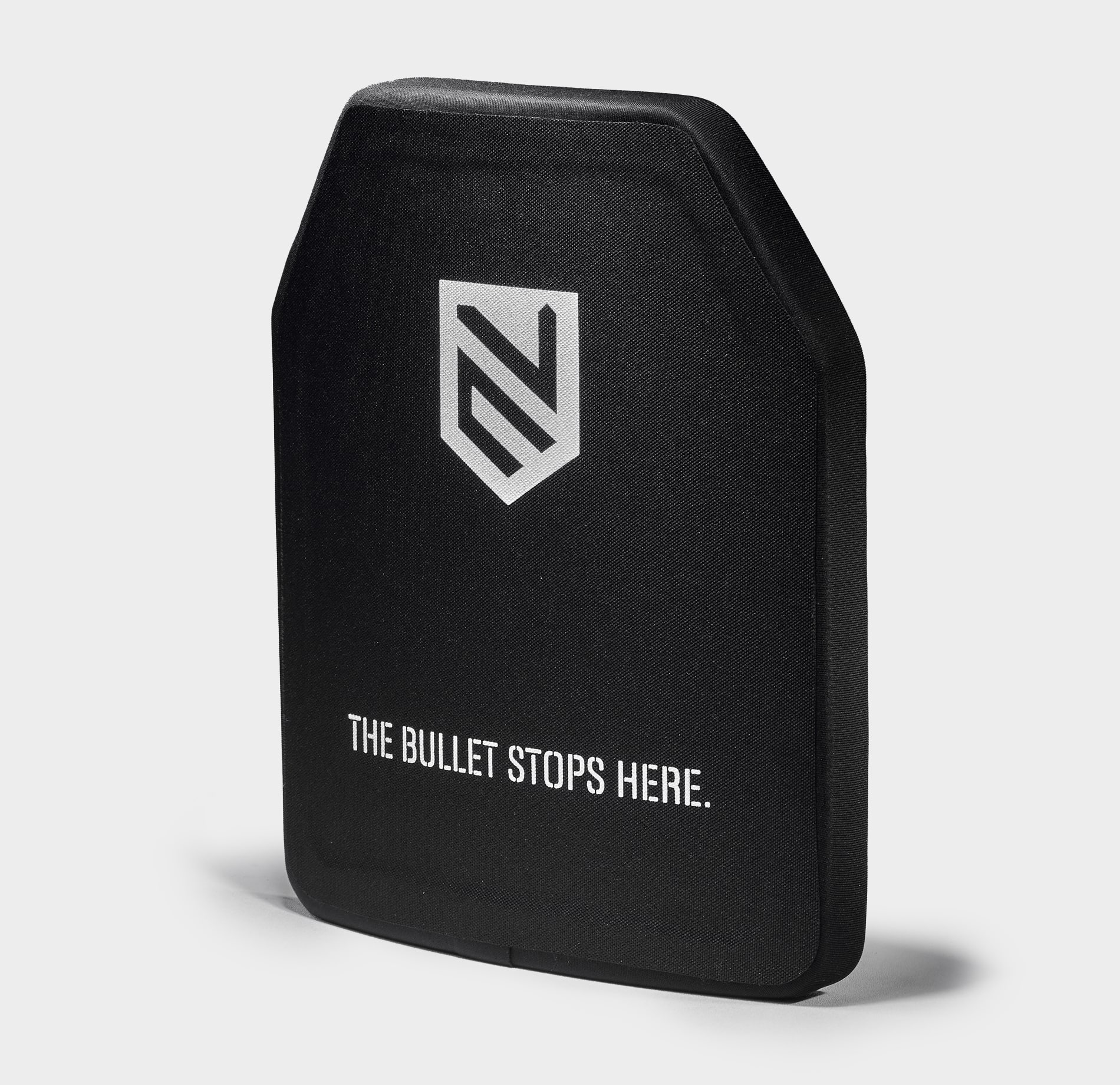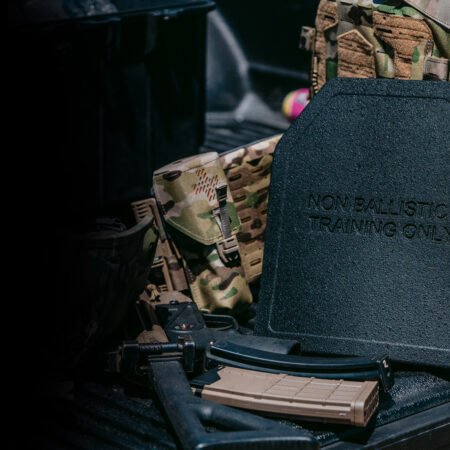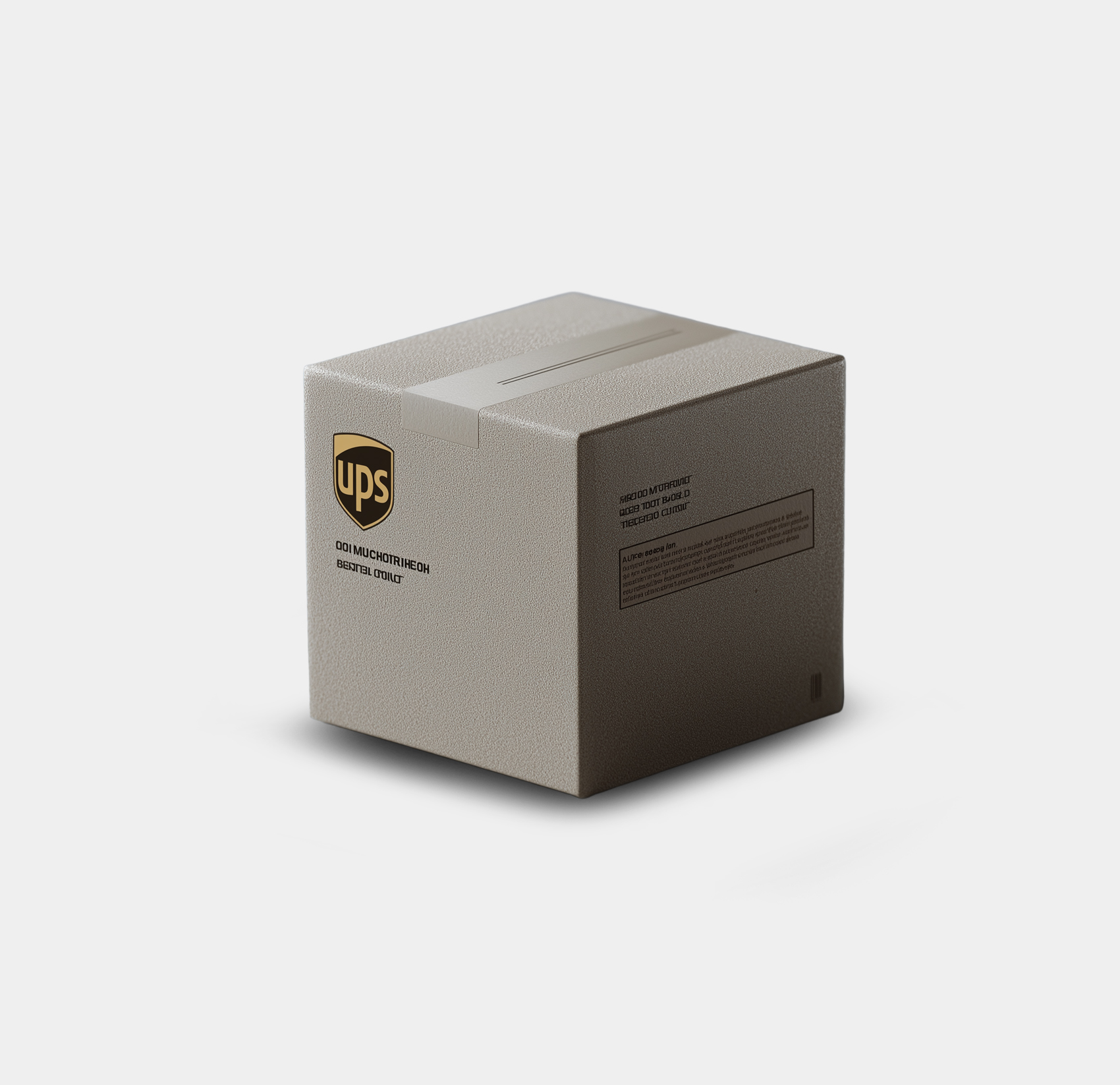Whether you are in Law Enforcement, Military, or security, you need to choose the best possible protection to ensure that you can perform at the best of your ability and stay safe. There are several options on the market, however, level III, and Level III+ Armor plates are the most popular. These plates offer a nice balance between protection, and weight. This makes them quite popular among people who have to wear their armor for long periods of time.
However, at the same time, level III and Level III+ also cause the most confusion among buyers. While both Level III and Level III+ body armor are designed to protect against rifle threats, there are key differences that make each suited to specific missions and threat environments.
This guide breaks down both of these armor levels and highlights their differences. Helping professionals make informed decisions based on their operational needs.
Understanding the Basics: Level III vs. Level III+
Before we get into practical advice and talk about the different situations where you should prefer level III+, we need to understand the capabilities of both armor types:
Level III Armor:
The National Institute of Justice recognizes Level III as an official protection level. Armor Plates that offer level III Protection are rated to stop most intermediate rifle calibers, up to .308 Winchester or 7.62×51 NATO FMJ (Full Metal Jacket) Rounds.
Level III+ Armor:
Level III+, on the other hand, is not an armor level recognized by the NIJ. This means that the exact armor protection capabilities of these plates can vary from one armor manufacturer to the other.
Still, a level III+ plate offers reliable protection against everything that a level III plate can stop, Plus, more. Level III+ plates are designed to stop more powerful, higher-velocity rounds, such as M855 (5.56x45mm NATO) green tip and other armor-piercing rounds that standard Level III cannot defeat.
Even with larger rounds like the .308 Winchester, Level III+ armor plates are designed to handle faster-moving bullets, giving them better multi-hit capabilities. These plates can also withstand shots from closer range, making them more durable and reliable under heavy fire.
Product Comparison
Key Considerations for Choosing Level III+
Facing Advanced Rifle Threats:

The main selling point of level III+ armor plates is that they can stop advanced or armor-piercing rifle rounds. So, if you are in a situation where you are more likely to encounter these threats, then choosing the extra protection of Level III+ plates is a must.
Military personnel deployed in areas with insurgent activity or warfare involving heavier weaponry should select Level III+ instead of Level III to ensure protection against AP rounds and high-velocity ammunition. However, the US military already uses armor plates that offer much higher protection than level III or III+, so this applies more to private contractors, and other supporting personnel in such environments.
Contractors and private security personnel operating in hostile regions where adversaries may have access to advanced weaponry should prioritize Level III+ to mitigate these risks.
Moreover, Law enforcement professionals in SWAT teams or counter-terrorism units who face well-armed adversaries are likely to benefit from the enhanced stopping power of Level III+ armor.
Urban Combat and Close Quarters Engagements
The way to beat any kind of armor is hitting it with something hard, or something really fast. Obviously, bullets lose their energy and speed as they travel. So, the closer you are, the more likely a bullet is to penetrate your armor.
When it comes to Close Quarters Engagements, especially when you’re facing threats with high-caliber rifles, you need to have the extra protection of level III+ Armor plates.
Similarly, Personal security details responsible for high-value individuals should anticipate the possibility of high-velocity threats when operating in urban environments. Level III+ armor plates can be quite beneficial for them, and their VIP
Wearing Comfort and Mobility
Before you choose between Level III, and III+, it is also worth considering that Level III+ plates can be heavier. They have to be if they are going to stop high-velocity, extreme penetrator rounds.
However, modern advancements in materials like polyethylene allow manufacturers to produce lightweight Level III+ plates. This can mitigate the weight issue, but operators should still weigh the balance between protection and maneuverability.
So, For missions that require long hours of wear, such as security details or patrols, the extra weight of Level III+ could affect endurance. In these cases, Level III may be a better option unless the threat level demands additional protection.
Similarly, some special forces or quick response teams may prefer the lightweight nature of Level III armor if agility and speed are top priorities. However, as we’ve said before, in missions where protection cannot be compromised, choosing a lighter Level III+ plate is ideal.
Ace Link armor solves this issue by offering extremely lightweight armor plates. Our ceramic composite level III+ armor plates weigh as little as 4.4 lbs, making them ideal for any mission. Still, our level III plates are lighter, weighing a little over 3 lbs a piece.
Budget and Availability
Budget might not be the most tactical factor, but it still needs to be a consideration. As expected, Level III+ plates are generally more expensive due to their advanced materials and enhanced stopping power. However, the investment is justified if you want advanced protection. And keep in mind that these plates are still cheaper than level IV plates, and offer excellent protection for the price.
Now, when it comes to budget, Department and Agency funding can be a major concern for people in Law Enforcement and Security. These agencies have to allocate their precious resources according to the threat level of the operational environment, and in many cases, may not have the budget for level IV plates. In such conditions, level III+ plates can be a much more budget-friendly alternative.
Level III+ Will be recognized by the NIJ:
Currently, the NIJ Standard that is used in the industry doesn’t recognize level III+ as an official protection level. However, the NIJ has introduced a new standard for body armor. According to this standard, Level III+ will be recognized as the protection level RF2.
Conclusion: When to Choose Level III+ Armor?
For tactical operators, the decision to choose Level III+ armor over Level III depends primarily on the Specific mission dynamics and threat level. In environments with a high likelihood of facing armor-piercing or high-velocity rounds, choosing Level III+ armor plates is a no-brainer. These plates offer enhanced protection that could be the difference between life and death.
On the other hand, in lower-risk scenarios where standard rifle threats are the primary concern, Level III may offer sufficient protection with added comfort and mobility.
Now, many people think that it’s highly unlikely that they will ever face armor-penetrating threats. I mean, only militaries have access to these kinds of rounds, right? Well, Wrong! Anyone can buy 5.56 green tip rounds, and though they are more expensive than normal ammunition, they aren’t so expensive that criminal elements can’t get them. This is why level III+ armor plates are so important, especially for tactical law enforcement units, and security personnel.
Ultimately, professionals in law enforcement, the military, and private security should evaluate their unique operational needs and ensure they’re equipped with the right level of protection to stay safe in the line of duty.


